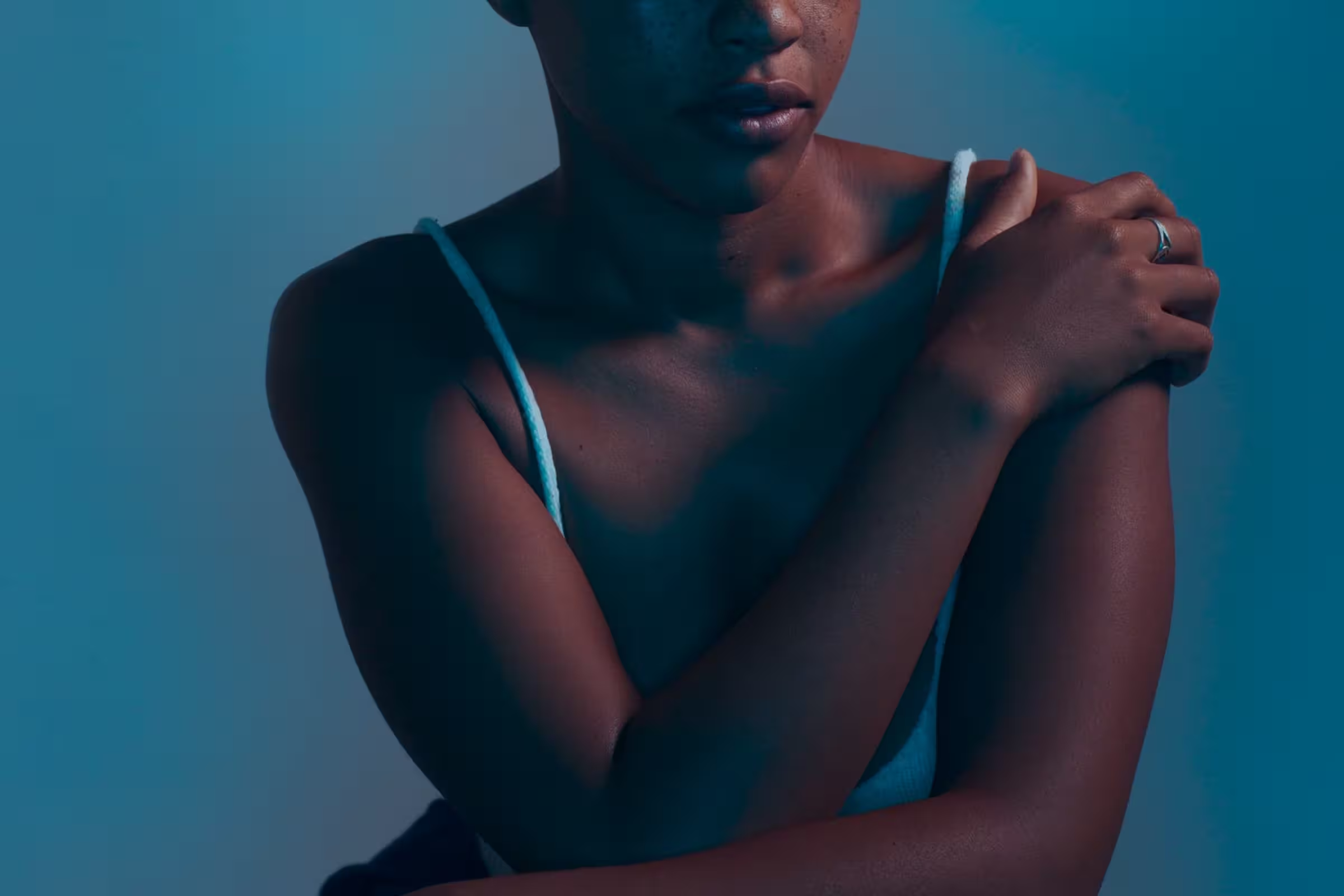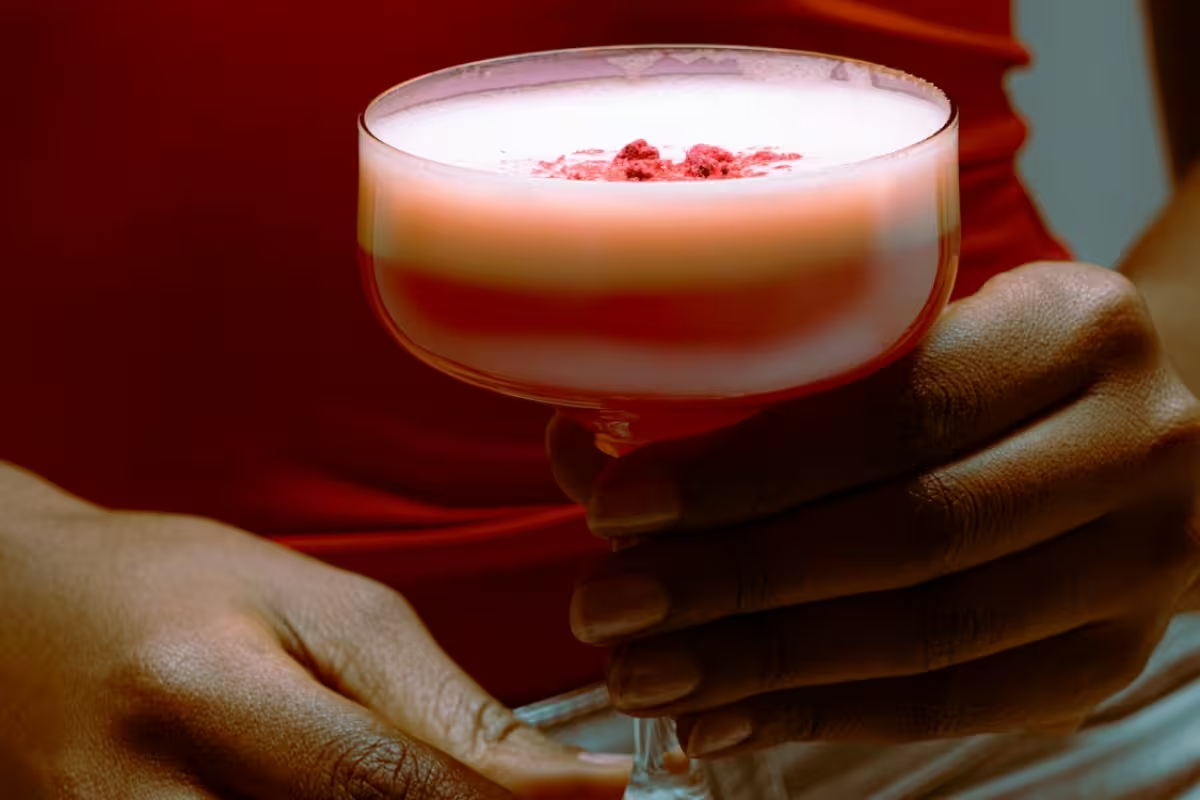

Race and the Vaginal Microbiome
Black women are more likely to develop bacterial vaginosis (BV) and yeast infections, and studies have shown there can be significant variations in the vaginal microbiomes of women from different racial groups. But we still don’t know enough about why this is the case, and how it’s linked to real life, tangible outcomes — this just isn’t good enough. In this article, we explore the relationship between race and the vaginal microbiome, plus what we still need to figure out.
Words by Rachel Mantock
Scientifically edited by Dr. Krystal Thomas-White, PhD
Medically reviewed by Dr. Kate Stewart, MD
For centuries, medical research has largely excluded women. This has resulted in a narrow and biased understanding of the human body. Even worse, this lack of research and funding has real and sometimes deadly consequences for those that don’t fit the "standard" body, according to medical literature (AKA, a 70kg cis white man). Due to racial disparities in healthcare (which play a compounding role in medical bias), Black women and women of color are at an even bigger disadvantage.
Impacted by structural inequities, Black women are 1.5 times more likely to die from cervical cancer, are less likely to receive effective medication, and have the highest rates of preterm birth and maternal mortality. Disparities impact the research space around the vaginal microbiome too. Black women are more likely to develop bacterial vaginosis (BV) and yeast infections, and studies have shown there can be significant variations in the vaginal microbiomes of women from different racial groups. But we still don’t know enough about why this is the case, and how it’s linked to real life, tangible outcomes — this just isn’t good enough.
Are these differences due to genetic variation? Or is it a mix of nature and nurture, where systemic racism and socioeconomic disparities are also at play? The effects of implicit bias in the medical community, and the need for more diverse datasets can’t be left out here either. All of these factors likely play a part.
Here, we’ll try to explain what we know about the relationship between race and the vaginal microbiome, plus what we still need to figure out.
Data bias: What does a “healthy” microbiome look like?
Systemic racism and the historical exclusion of Black, Hispanic and other marginalized communities have created a skewed idea of what “healthy” looks like in women who aren’t white, wealthy or from the Western world. The vaginal microbiome is especially understudied, and what we do know, we know from primarily studying white women as an optimum default.
For example, it’s widely accepted that a Lactobacillus-dominant microbiome is key to maintaining good vaginal health. Lactobacillus bacteria (usually) produce lactic acid, which keeps vaginal pH slightly acidic helping to prevent harmful microbes from taking hold. Following this logic, the more Lactobacillus present, the healthier the vaginal microbiome. At a basic level, this tracks scientifically – but it’s not the complete picture. It’s only a piece of the puzzle.
Research suggests that the vaginas of those with predominantly European ancestry are more likely to have Lactobacillus-dominant vaginal microbiomes. Meanwhile, Black and Hispanic women are more likely to have diverse vaginal microbiomes. Currently, we assume that without Lactobacillus-dominance, a vagina’s bacterial ecosystem can’t exist in a balanced and healthy state. Yet, this isn’t always the case.
Some researchers have found that people of color, who have “atypical” vaginal microbiomes, don’t always have uncomfortable symptoms. For these people, their vaginal health appears to be in good shape, despite not fitting the conventional definition of a “healthy” microbiome.
This tells us that while Lactobacillus bacteria are the MVPs of vaginal flora, other nurturing microbes could play a bigger role than previously thought, for some people. There is a lack of research on vaginal microbiomes with low numbers of Lactobacillus bacteria that aren’t experiencing any of the negative symptoms we’d associate with a disrupted microbiome. Our understanding of the vaginal microbiome is simply incomplete at this stage — especially when it comes to the role that race plays in the definition of a “healthy” vaginal microbiome.
A focus on Lactobacillus dominance isn’t without merit — quite the opposite. Multiple studies have linked diverse vaginal microbiomes to an increased risk of STI acquisition, infertility, or even cancer (though, not all of this research drew conclusions from racially diverse datasets with a wide enough scope.)
We need a more inclusive scientific and medical diagnostic model, so that how we define a healthy microbiome isn't based on research that prioritizes white women. Otherwise, we risk letting our biases affect the diagnosis and treatment of vaginal infections in an exclusionary way.
As it stands BV is typically diagnosed by looking at the symptoms (Amsel criteria) or by measuring the ratio of Lactobacillus bacteria, compared to other bacteria (Nugent score). But these rating scales might be biased towards microbiomes that have a lot of lactobacilli, which we already see as the gold standard. More recent research points us towards exploring the potential benefits (as well as still exploring the pitfalls) of diverse microbiomes, and hopefully discovering better treatment options for people with recurring BV.

Recurrent symptoms? Get Evvy's at-home vaginal microbiome test, designed by leading OB-GYNs.
How lifestyle, genes, and social determinants of health play a role
Just to recap – when it comes to the state of what we know about race and the vaginal microbiome, the research is (really) lacking. Plus, we’re not properly factoring in the role differences in genetic makeup, hygiene practices, stress levels, and social determinants of health (like access to healthcare) impact us.
Where do genes slot into the bigger picture?
No two vaginal microbiomes are the same, and the microbes present in the vagina differ from person to person. One often cited (though slightly reductive) explanation for this is genetic composition.
Pinning vaginal microbiome differences solely on “genetics” — without taking into account medical bias, systemic racism, and social determinants of health — is a flawed and fragmented approach.
It’s not out of the realm of possibility that your individual genetic makeup impacts your vaginal microbiome. It’s more likely that it does than doesn’t. But scientists haven’t identified a gene, or mutation, that’s confidently and directly associated with a specific type of vaginal microbial ecosystem, en masse.
They have looked into the genes that are involved in vaginal immune response to try and understand this better, though. One study identified that some components of the immune system were linked to vaginal microbial diversity. But this hasn’t been confirmed by larger population studies yet. Other research has suggested that inflammatory markers have an impact on both beneficial and harmful vaginal microbes.
Plus, a 2021 study into the link between gene variation, and the vaginal microbial composition of pregnant women in China, did draw some links between the two (specifically, the IFIT protein coding gene family). Though, the same study also acknowledged that the overall body of research here is limited, stressing that larger studies are essential to the evolution of this space.
Gene variation, immune response, and cultural factors are all likely to be equally important factors here.
“Explaining away” diversity in the microbiome as simply a racial difference limits our understanding of how vaginal infections might occur. Incomplete research could also explain why treatment options for recurrent yeast infections or BV often don’t work. If we invest in diverse and thorough research, it could illuminate the pathway towards individualized, effective treatment for common vaginal health problems.
Cleansing practices and wiping out helpful microbes
Historically, the PR and industrial complex around vaginas and vulvas has branded them as “dirty” by default, and in need of sanitizing. Ironically, vaginas are self-cleaning – and the cleansing practices pushed on us by consumerism, and wide-scale, factually incorrect “advice” are disrupting our vaginal microbiomes (by washing away and destroying healthy microbes).
When you pair this with a scientific model that already associates one demographic with the most optimum vaginal microbiomes – and some of the most marginalized demographics with the opposite – it means the risk of how this harmful culture of “vaginas are innately dirty” permeates among different groups isn’t the same either. A number of studies have found that harmful hygiene practices, like douching, are more common among African American and Caribbean women, than white women.
Douching, or using scented products, as well as some types of lubricants can affect the vagina’s pH and flush out protective bacteria, allowing harmful microbes like Candida albicans (the primary cause of yeast infections) to overgrow. Your vagina is a functioning organ, it has no obligation to smell like synthetic roses. Healthy vaginas typically don’t smell noticeably sweet at all. If you notice an odor that doesn’t smell normal for you, speak to a healthcare provider. Douching is not the solution.
Stress and racial trauma
Our health is affected by more than just biological factors, like genetics, or lifestyle behaviors, like douching. The social determinants of health are those non-medical, material conditions that influence our health outcomes, like economic systems, social norms, local health policies, where we work, and live, and other external forces that are often out of our control. These all impact our well-being.
It's no secret that stress can affect the immune system. You’re not alone if your high stress moments act as triggers for recurrent vaginal infections!
A study from the early 2000s explored the link between the higher levels of stress experienced by Black women, and their disproportionately higher risk of BV. Another study in the Philadelphia area found that Black women (followed closely by Hispanic women) had higher rates of stressful exposures, such as housing instability, food insecurity, harassment, and neighborhood violence — even when compared to white women with the same socio-economic status. When these community-level stressors were considered, they presented a plausible explanation for a considerable amount (~27%) of the difference in rates of BV.
A different study found a direct association between the healthiness of a neighborhood (e.g. the levels of poverty, vacant housing, rates of health insurance), and Lactobacillus levels in pregnant women. Their results attributed 22% of the Black-white disparity in Lactobacillus levels to the neighborhood deprivation score. A separate study on Indigenous American women found a strong correlation between levels of lifetime trauma and vaginal diversity.
All the social determinants explored in these studies – from housing insecurity, to neighborhoods that have often been destabilized by design – are a direct result of historical and pervasive structural inequality, and systemic racism that saturates at every level, from the interpersonal to the institutional.
Access to healthcare
Glaringly, there’s no doubt that access barriers to healthcare, including access barriers to information — which are more likely to impact Black people, as well as other marginalized groups — play a big role in influencing vaginal flora. This is true for access barriers outside of reproductive healthcare too, especially since research has already established a link between stress, immune response, inflammation and vaginal flora (though it’s not a clear cut, definitive link).
Historical mistreatment, alongside current inequalities (the Black maternal death rate is almost three times higher than the white maternal death rate in the US, while it’s almost four times higher in the UK), has caused a deep lack of trust between minority communities and healthcare systems overall. On TV, last year’s Dead Ringers miniseries touched on the barbaric treatment of enslaved Black women in America, and some of the earliest research into our reproductive systems. At points, it alludes to J. Marion Sims - also known as the “modern father of gynecology” (rolls eyes) – and his “experiments” on enslaved women, allegedly without any anesthesia – during the 1800s.
Wrapped in irony, it’s deeply unsettling how marginalized women have been both the “collateral damage” that forefronted key medical discoveries in this field – in the most dehumanizing ways, where their bodily autonomy was stripped, and their lack of consent was cast aside — but also, blocked from equal access to diagnosis and treatment, equal research that benefits them, and equal care from healthcare professionals, both before and today.
There is also a lack of cultural understanding that underpins how the scientific and medical industries reach out to these communities, bolstering this disconnect. This results in a wider racial health gap, so that even when environmental factors are studied, key information (that you could only glean from being culturally competent) is missed instead.
What’s the solution?
We need better, more comprehensive research into the relationship between race and the vaginal microbiome. Research that includes a diverse range of people, so that results can be applied broadly, is essential to moving the needle here. Better access to trauma-informed healthcare for marginalized groups should be non-negotiable as we move towards holistic models of healthcare.
All of the above are only possible if we turn up the volume, drastically, on smashing systemic and structural inequalities. Given that this racial health gap has persisted for centuries, we should also be heavily investing in R&D and healthcare infrastructures to help us catch up.
The easier we make it for everyone to access, understand, and care for their vaginal microbiome, all while destigmatizing vaginal health at a culture level – the closer an equitable future is.
Convenient, dismissive, and on a broken-record loop – “we don’t know enough” has become a palatable, smokescreen explanation that ensures nothing changes, and that it’s “nobody’s fault”, but simply “just the way things are”. So much beating around the bush, not enough building of radically inclusive healthcare systems, taking the guesswork out of vaginal health for good.





